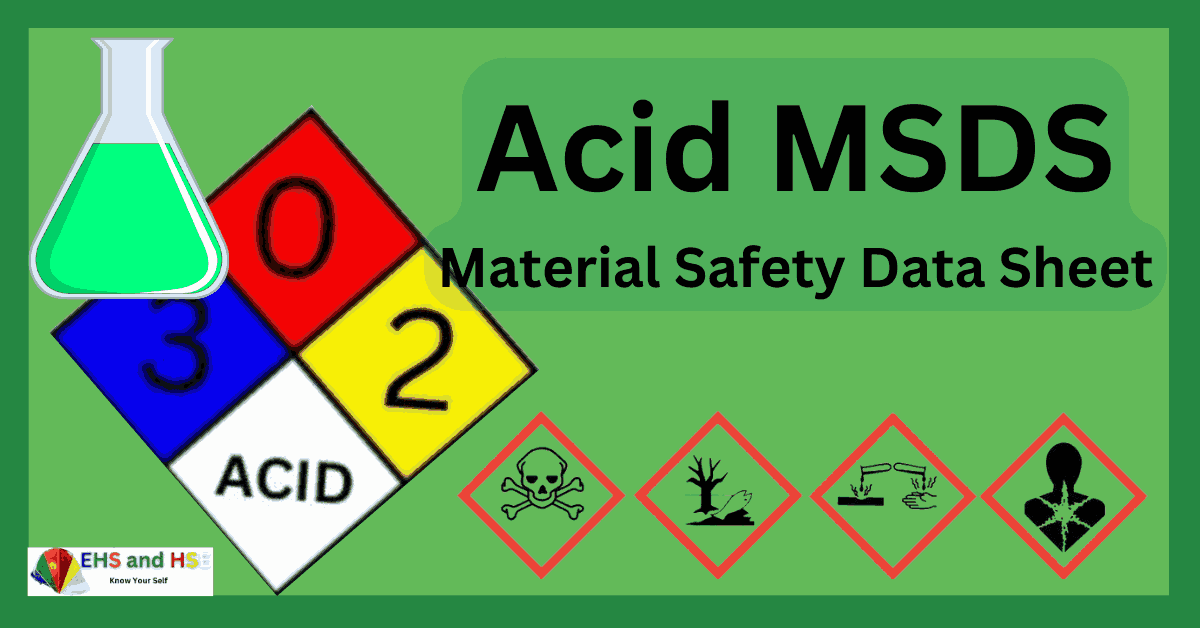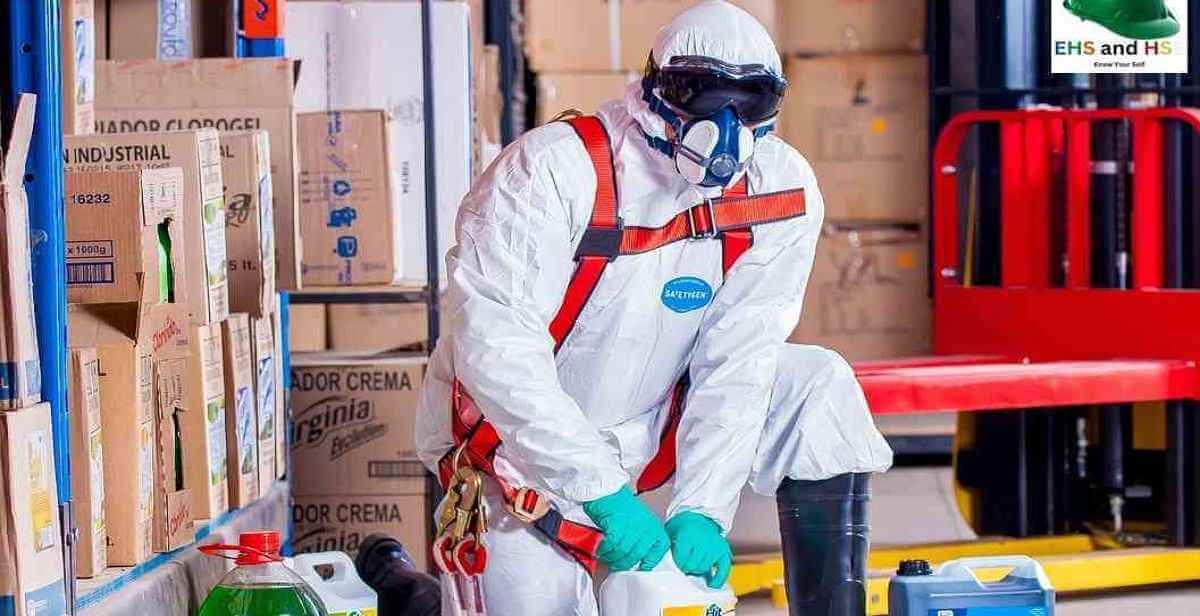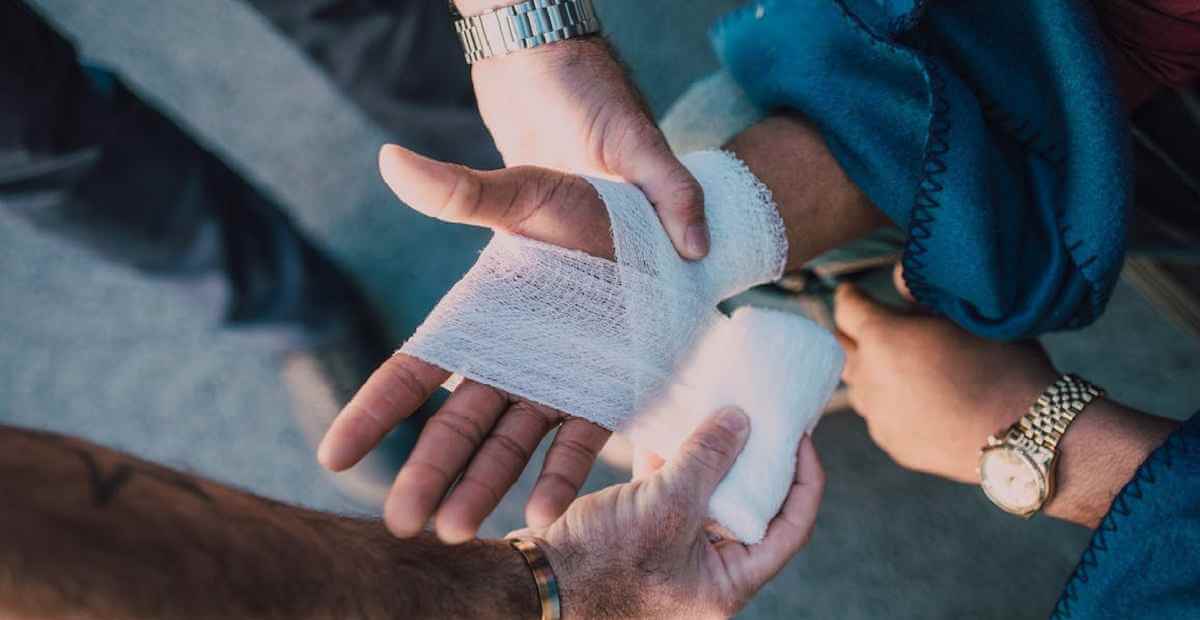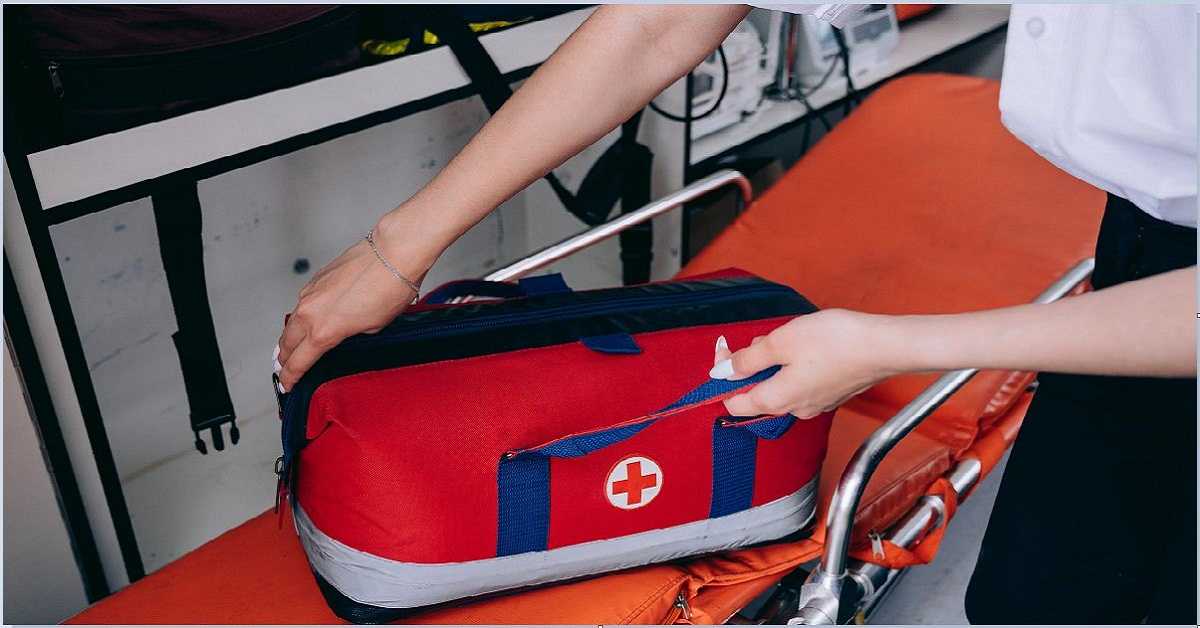Before arriving at the doctor’s a trained person gives treatment to the injured person is called first aid. First aid is given with the help of available items.
Importance of first aid
- to reduce the loss of physical imbalance due to incidents.
- To control the bleeding, continuous bleeding can be very dangerous for the patient.
- First aid gives a boost to the patient that is very necessary for the patient.
A good first aider
Here are some characteristics of a good first aider:
According to Profession
- He should not ask any unnecessary questions from the patient.
- Firstly he should know the damaged body parts and their condition.
- He should know the reason for this situation and how to control it.
- He should start the first aid procedure without time waste.
- The first aider should be able to trust the patient can trust his first aid.
According to Nature
- He should control his feelings and not be confused or depressed.
- He should be able to make the best decision on the spot.
- He should motivate the patient.
- He should not speak unnecessary words before the patient.
Common First Aid Rules
- Don’t consider a patient as a dead person.
- Don’t consider yourself a professional doctor.
- Remove the real reason for this incident.
- Firstly try to keep the patient from shock.
- Provide fresh air to the patient.
- keep the patient warm and give rest to the patient.
- Recover the patient’s respiratory system.
- In case of poison absorption, try for the patient who vomits it completely.
- Don’t give edible or drinkable items to the patient in case of unconsciousness.
- Remove unnecessary clothes of the patient in case of heat stroke.
- Try to transfer a patient to a safe place from the place of incident.
- If continuously bleeding from the head of the patient then stay up the head of the patient.
- Do not discuss the status of the patient in front of the patient.
- Try to transfer a patient to the doctor or hospital as soon as possible.








